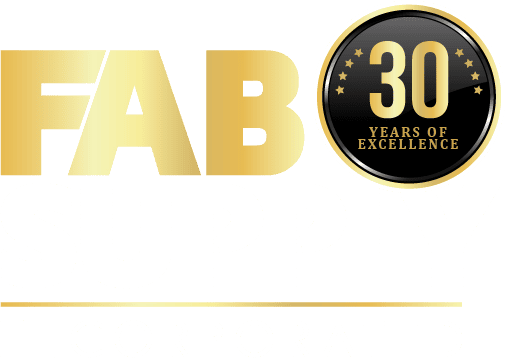The right press brake tooling improves quality, efficiency, and productivity—and even prevents machine damage and accidents.
This isn’t an overstatement. If anything, it’s a statement that can’t be stated enough.
Far too many manufacturers “just get by” with tooling “that’ll work” without realizing the quality, efficiency, and productivity they are giving up. The best-case scenarios with incorrect tooling result in more set-up time, additional processes needed to get accurate bends, or lost productivity. In the worst-case scenarios, the wrong tooling can do short- or long-term damage to the machine, or even damage parts and cause accidents.
In our experience, these scenarios can be prevented with the right press brake tooling chosen specifically for the project at hand—and, in many cases, for future projects. Press brake tooling can be versatile enough to be used for multiple metal forming jobs or custom enough to make a large run of parts efficient and profitable.
How to Choose the Right Press Brake Tooling
There are many factors to consider when choosing the right press brake tooling. The factors at the top of the list include:
- Type of material
- Material thickness
- Length of material
- Bending angle
When choosing press brake tooling, it’s important to calculate a tonnage load that won’t overload the tools or press brake. Incorrect calculations can result in damage to the press brake, tools, parts, and even the operator. It’s also important to factor in the material thickness; more robust tooling is often needed for harder materials.
For the punch, the nose radius should be equivalent to, or slightly less than, the naturally floated air-forming radius value. There are many categories of punches, such as Standard Punch, Goose Neck Punch, Swan Neck Punch, Narrow Punch and Acute Angle Punch. As the name suggests, tools in the Standard Punch category are used for most common bends. If you have any questions on selecting the right press brake tooling, feel free to send us your drawing.
The right press brake die can be chosen by calculating the right die opening (ideally, 8 times the material thickness and never less than 6). (Find more on press brake tooling calculations in this article from The Fabricator.) The die is also an integral part of bending, and one that should be chosen carefully. The most cost-effective dies can be used for multiple projects, eliminating the time spent replacing and setting up press brake dies.
Dies that are manually clamped are more affordable, though there are other options. For those who need multiple dies for a project, adjustable press brake dies are viable options. While adjustable press brake dies tend to be more expensive, they offer precise bending and easy—even automated—adjustments. For example, with the VEE-LOCK, the operator only needs to loosen the stripper bolts. As the stripper bolts are loosened, the saddle blocks automatically lift, disengaging the locking channels at the bottom of the saddle from those in the base plate. The saddle blocks, which glide on cam rollers, are moved easily and safely into the right position. Once positioned, the stripper bolts are tightened to re-engage the locking mechanism. The die is ready for use. The automated Rolla-V is another press brake tooling that maximizes productivity by eliminating the need for manual adjustments and making the process more efficient.
Custom Press Brake Tooling
There are quite a few standard-made options for press brakes available. These options are available quickly and can be utilized for many common bends. However, there are instances, such as large part runs or projects with unique specifications, where custom press-brake tooling is the answer. Fortunately, we offer single- and multiple-hit forming tools in a wide variety of tooling styles and quality grades to maximize your forming efficiency. Our professional staff can analyze your part and recommend custom tooling or the reworking or resurfacing of existing dies.

